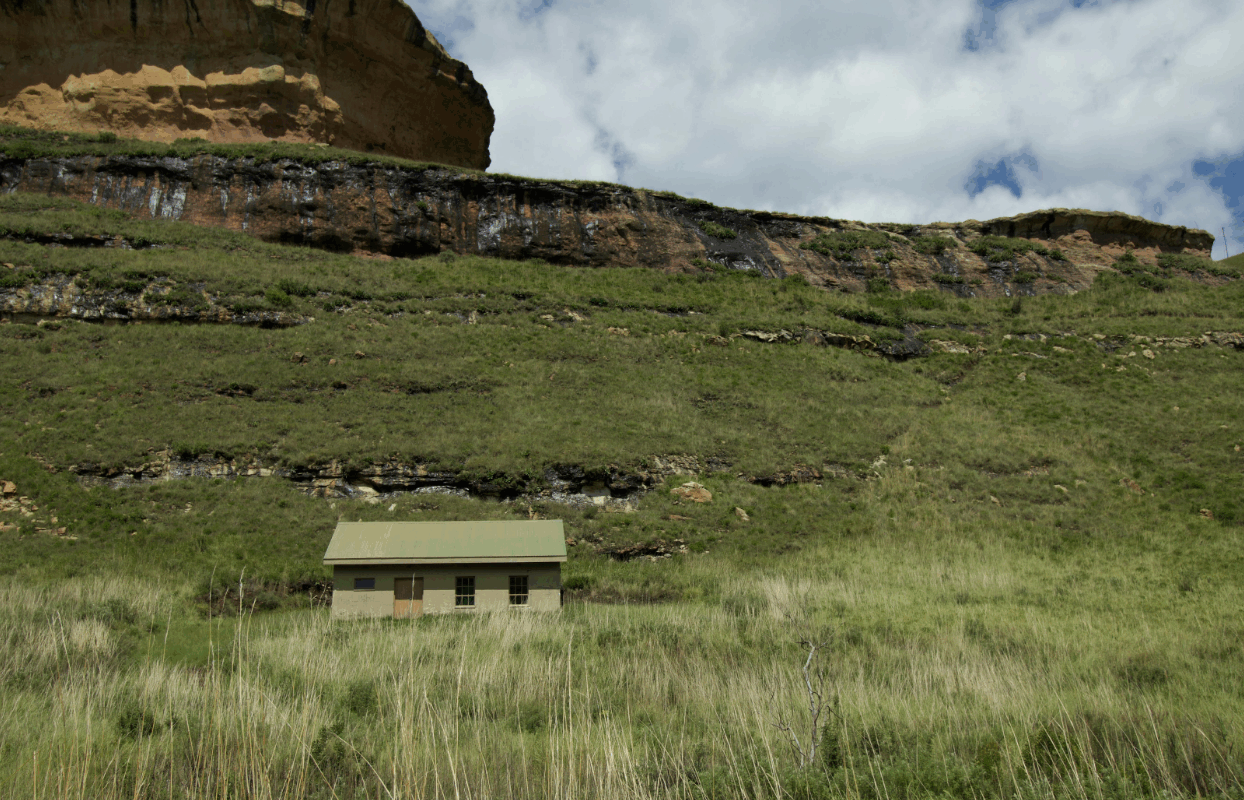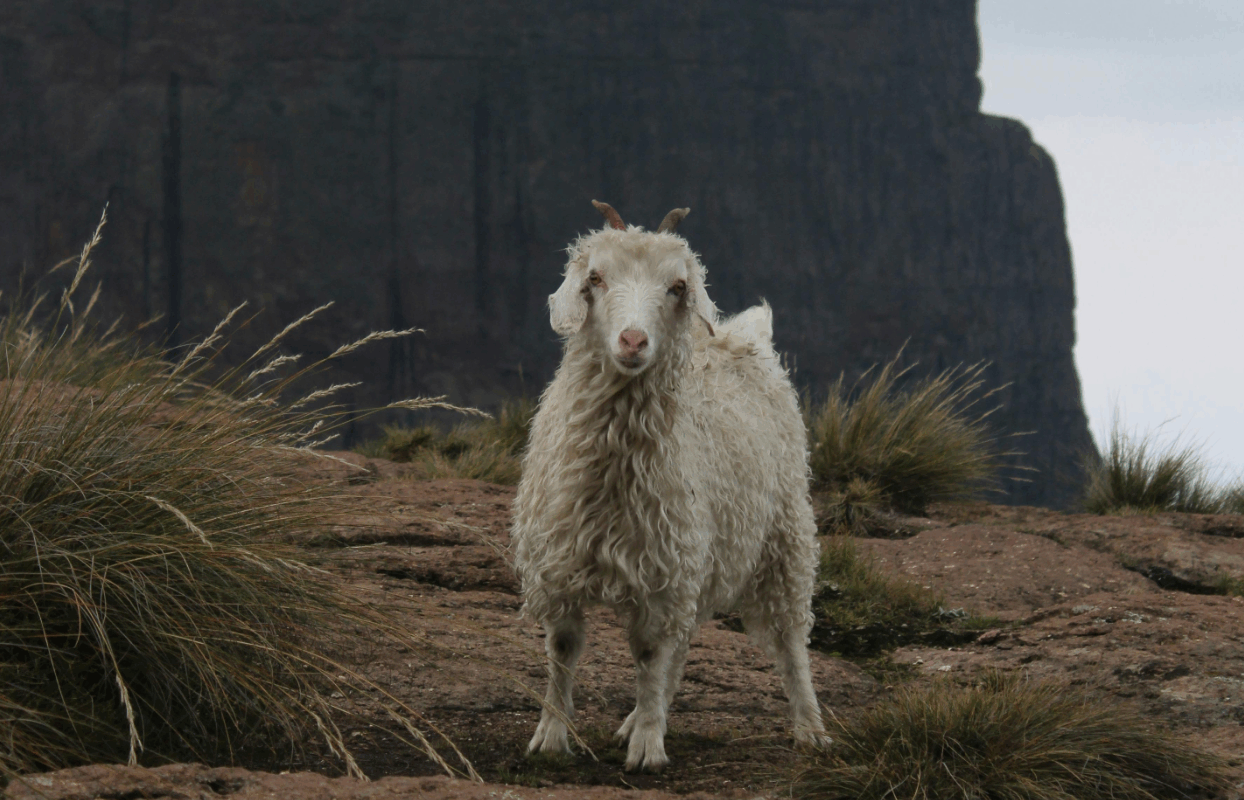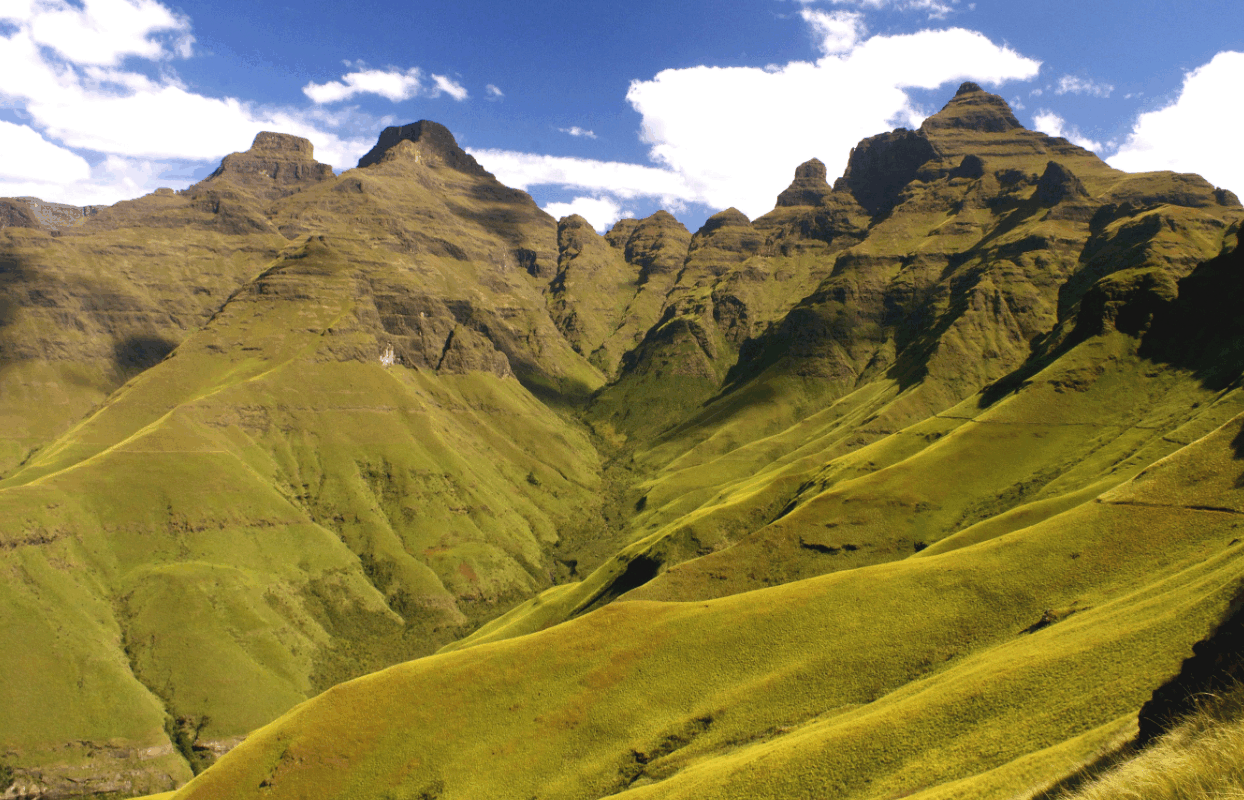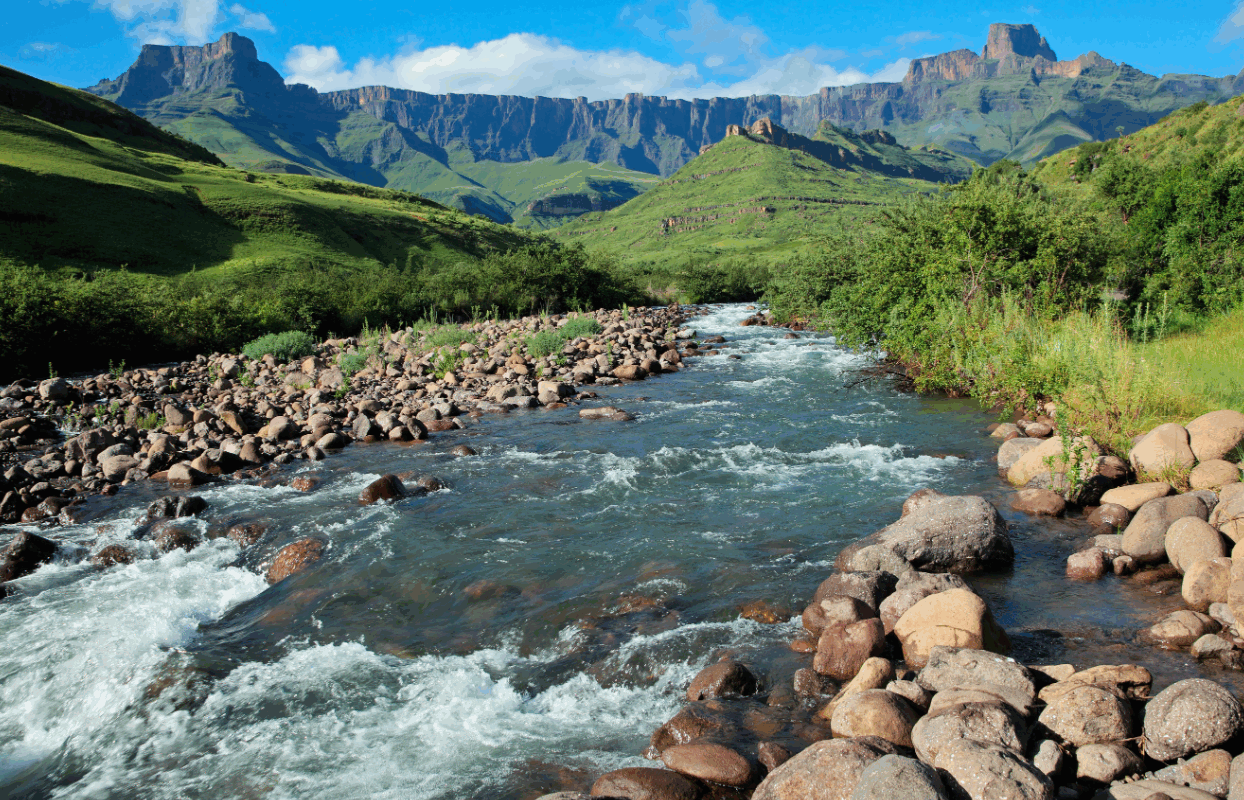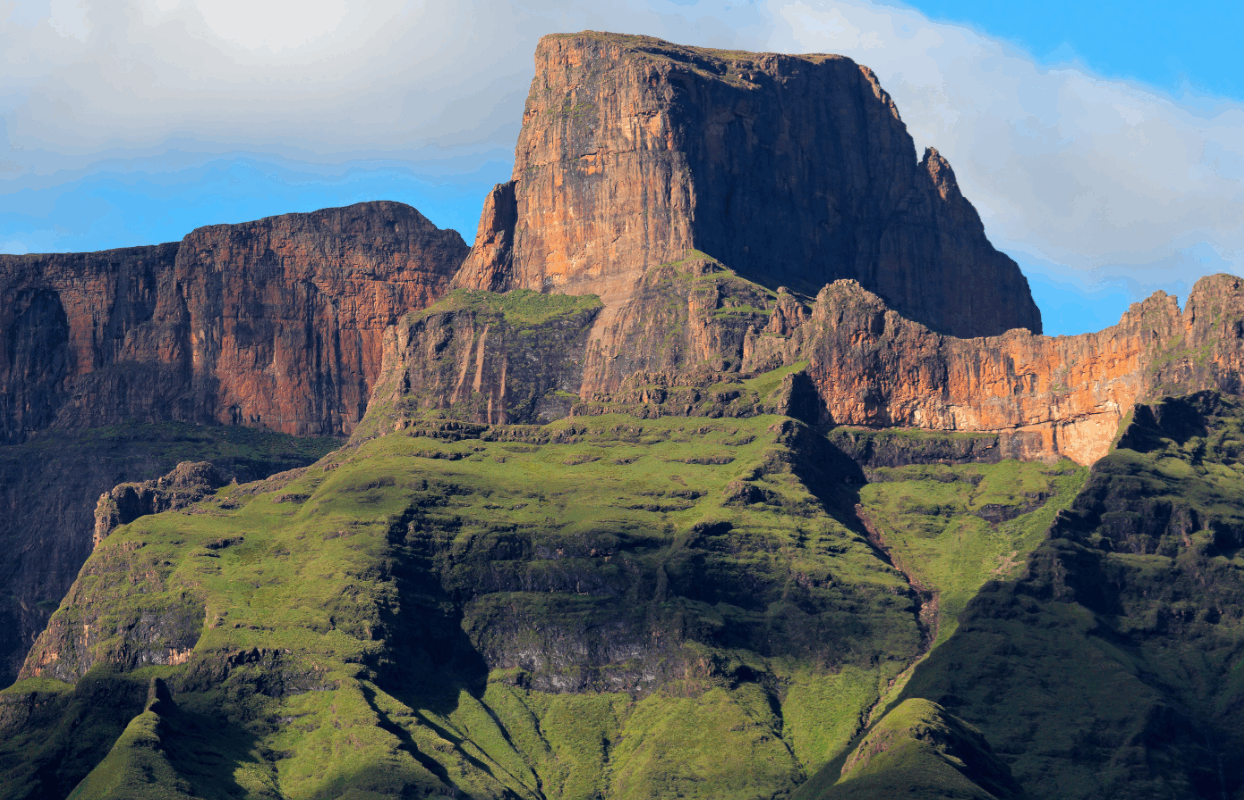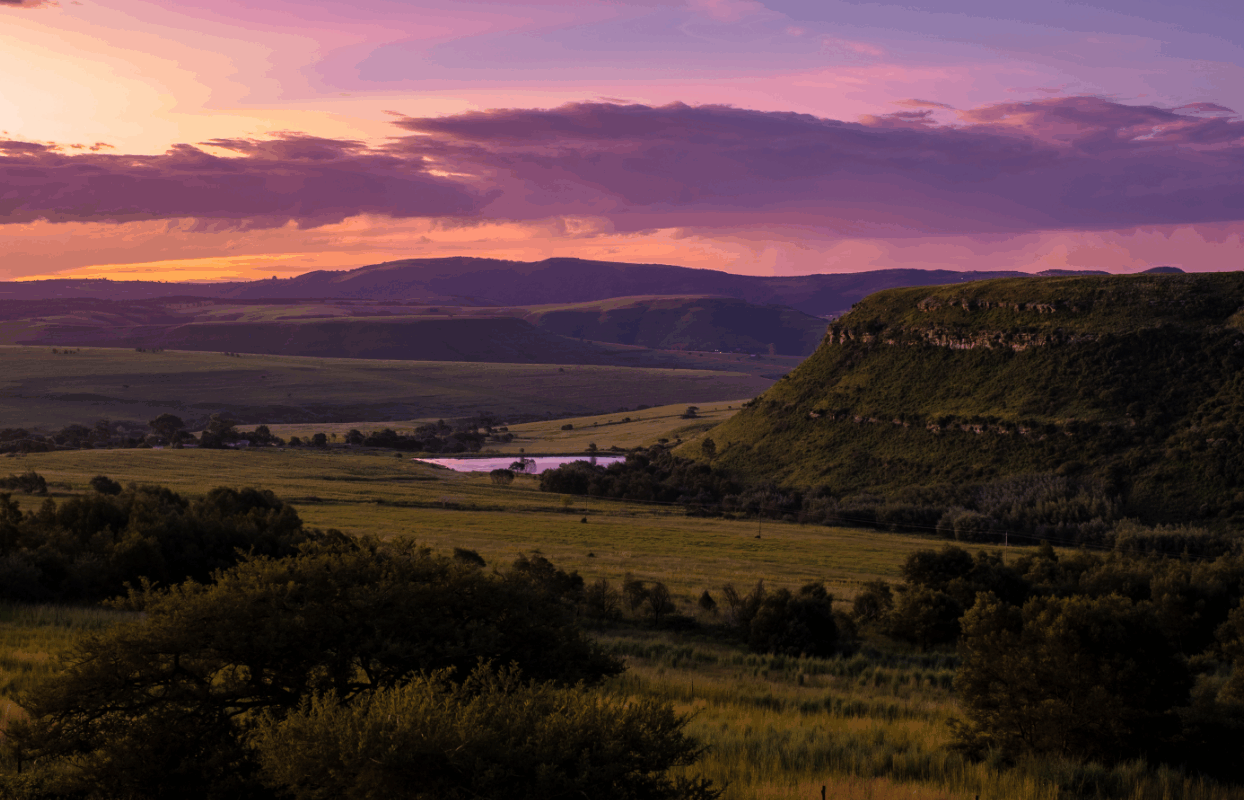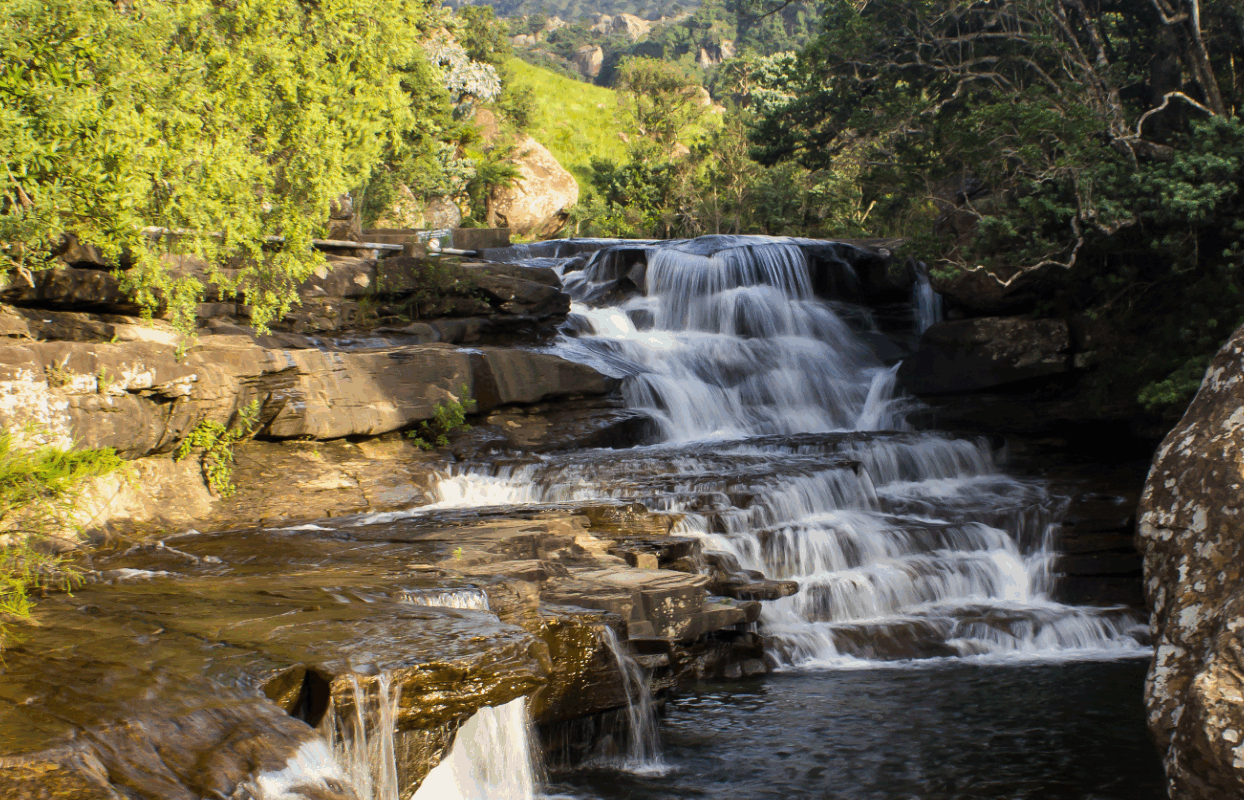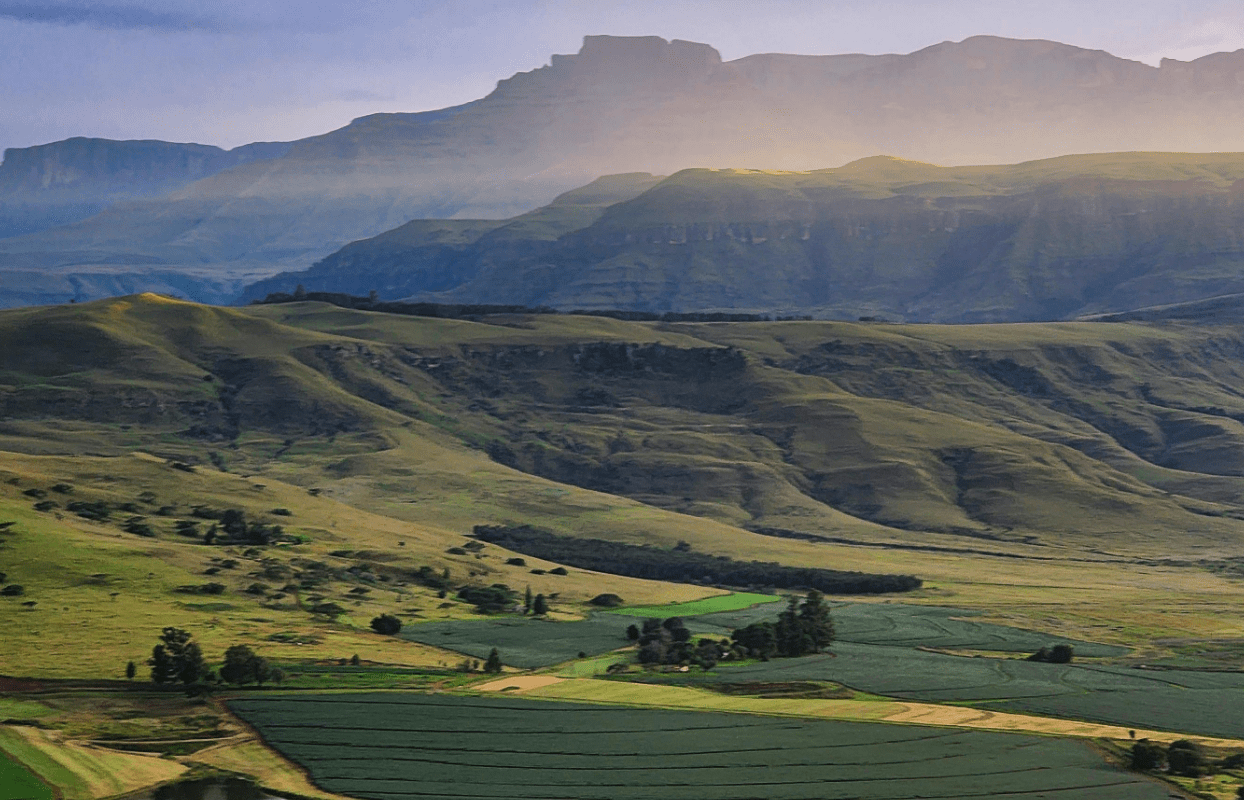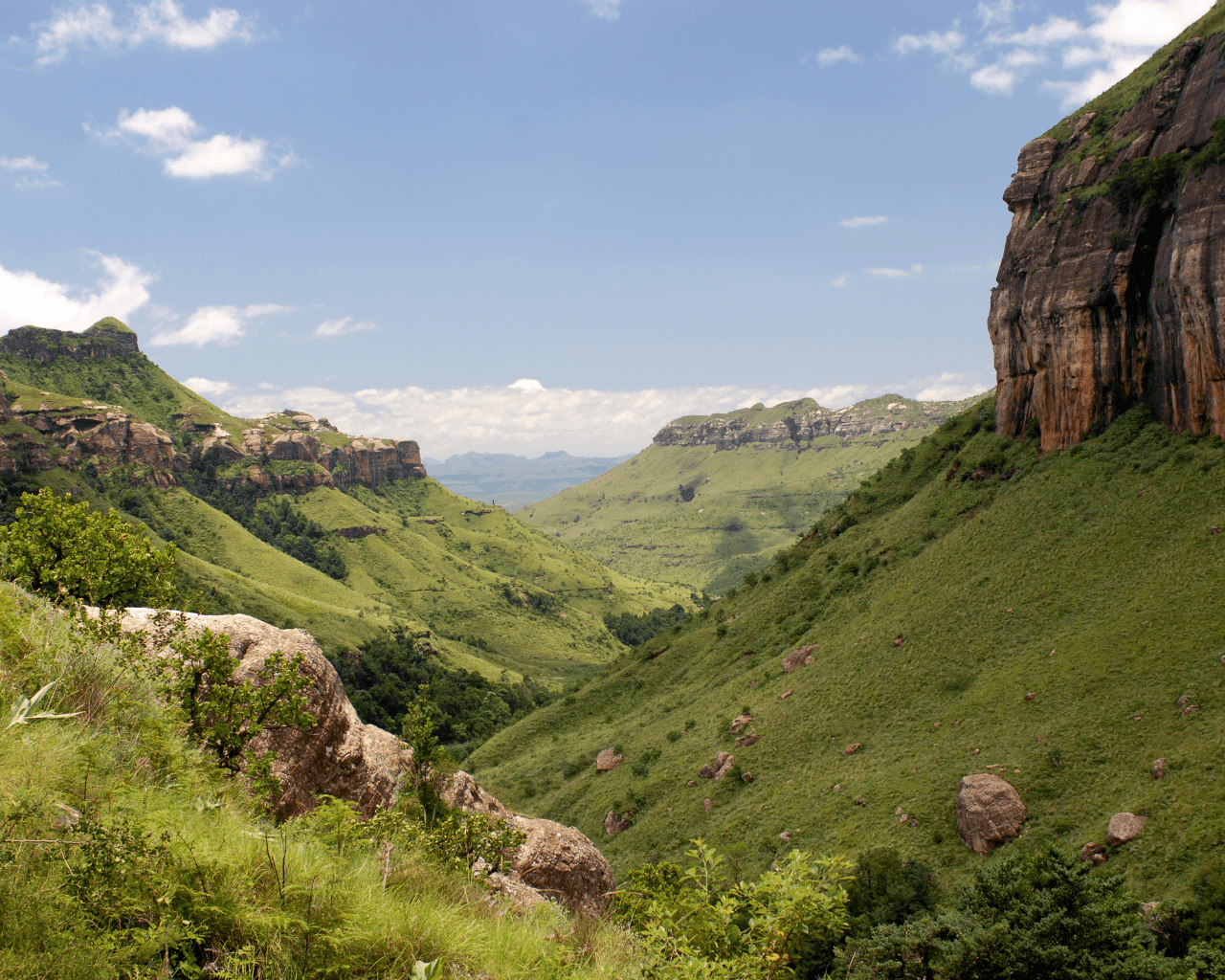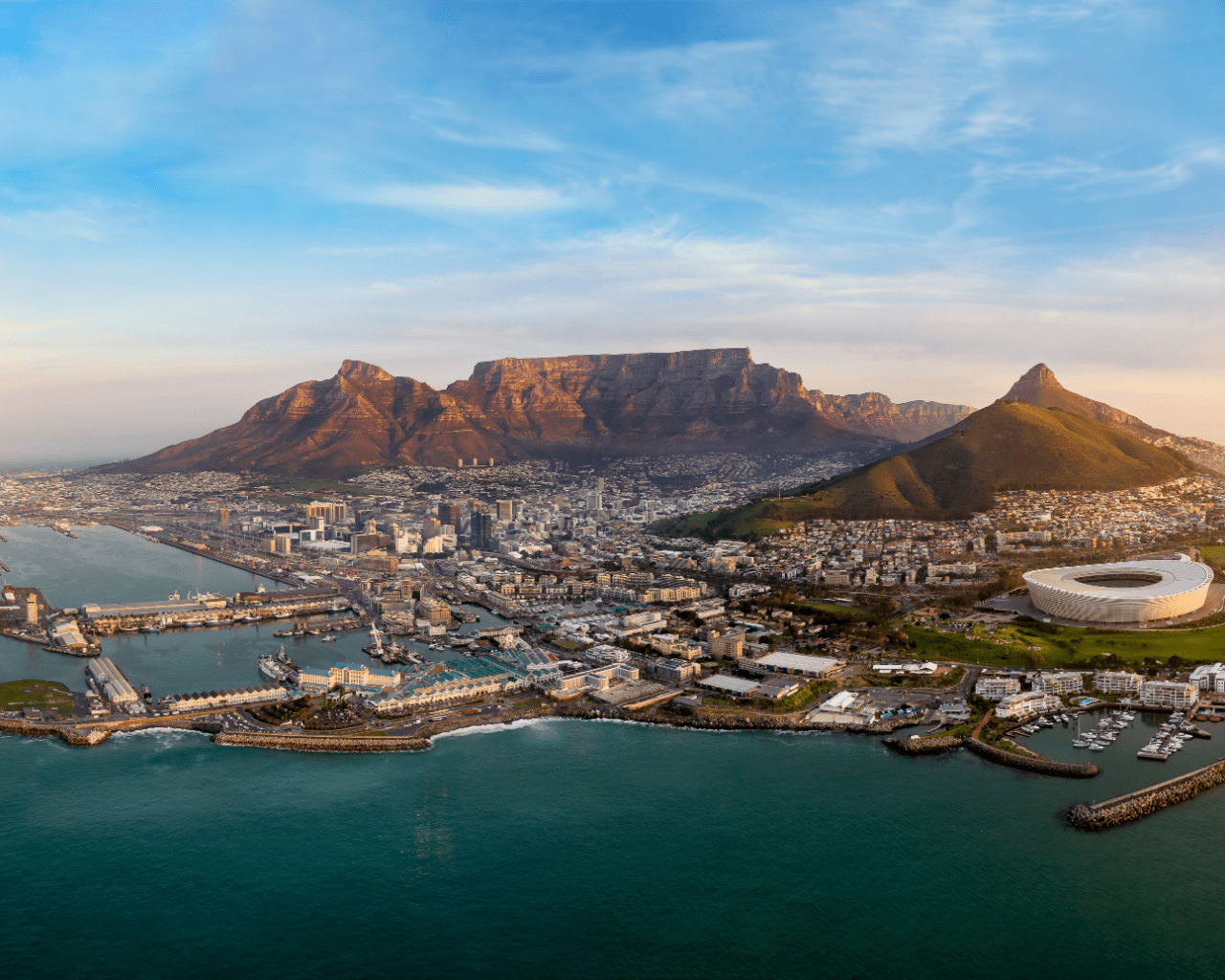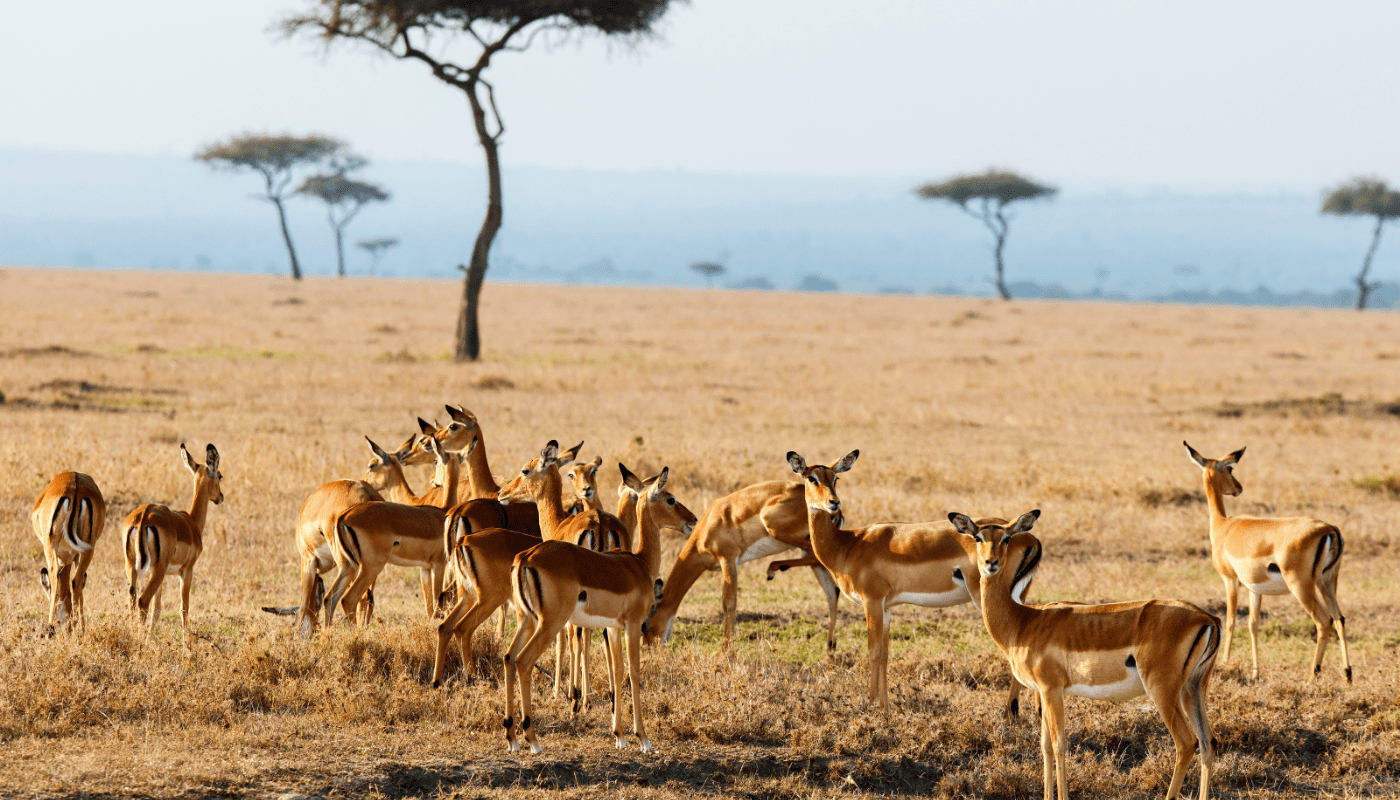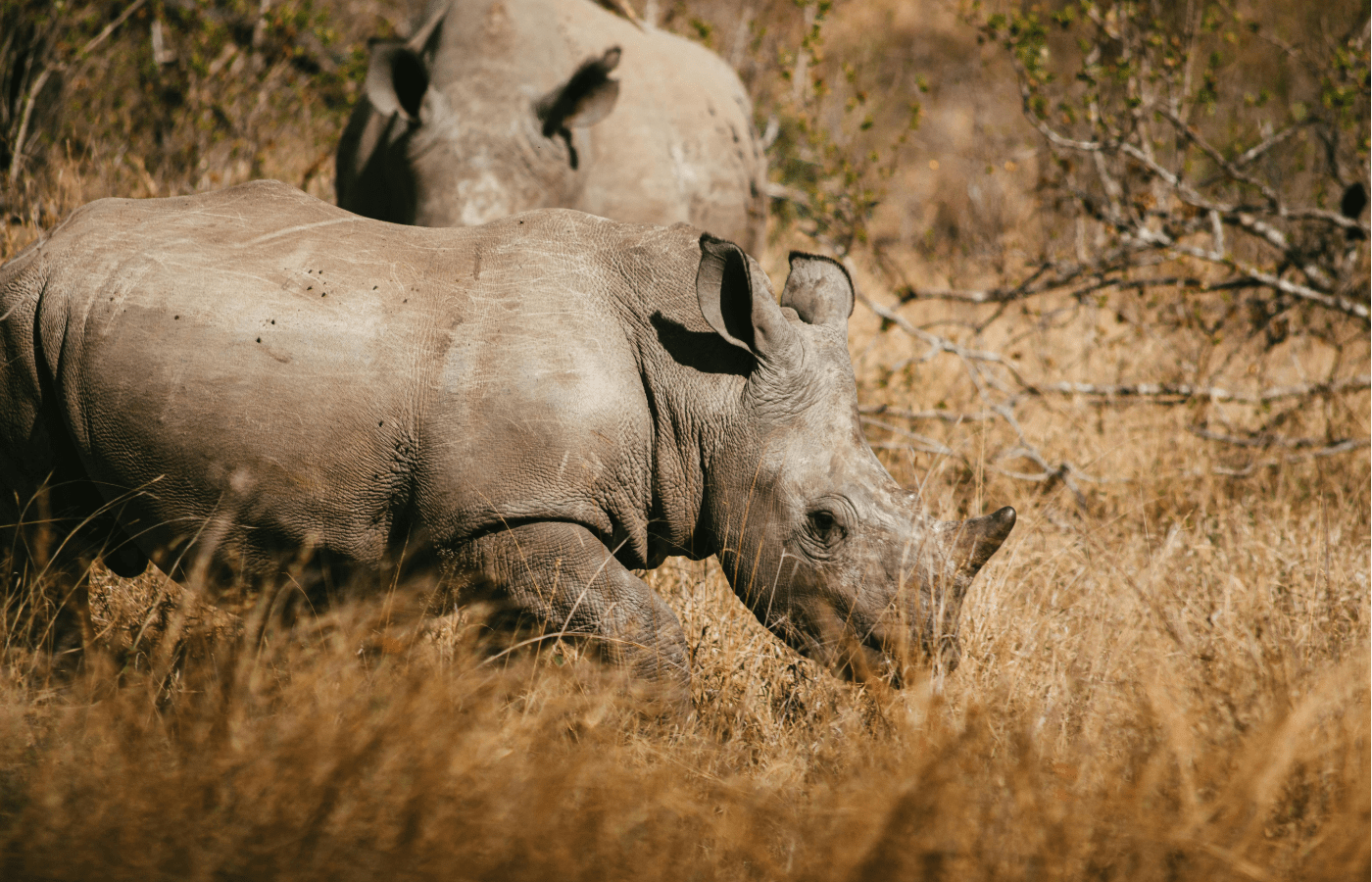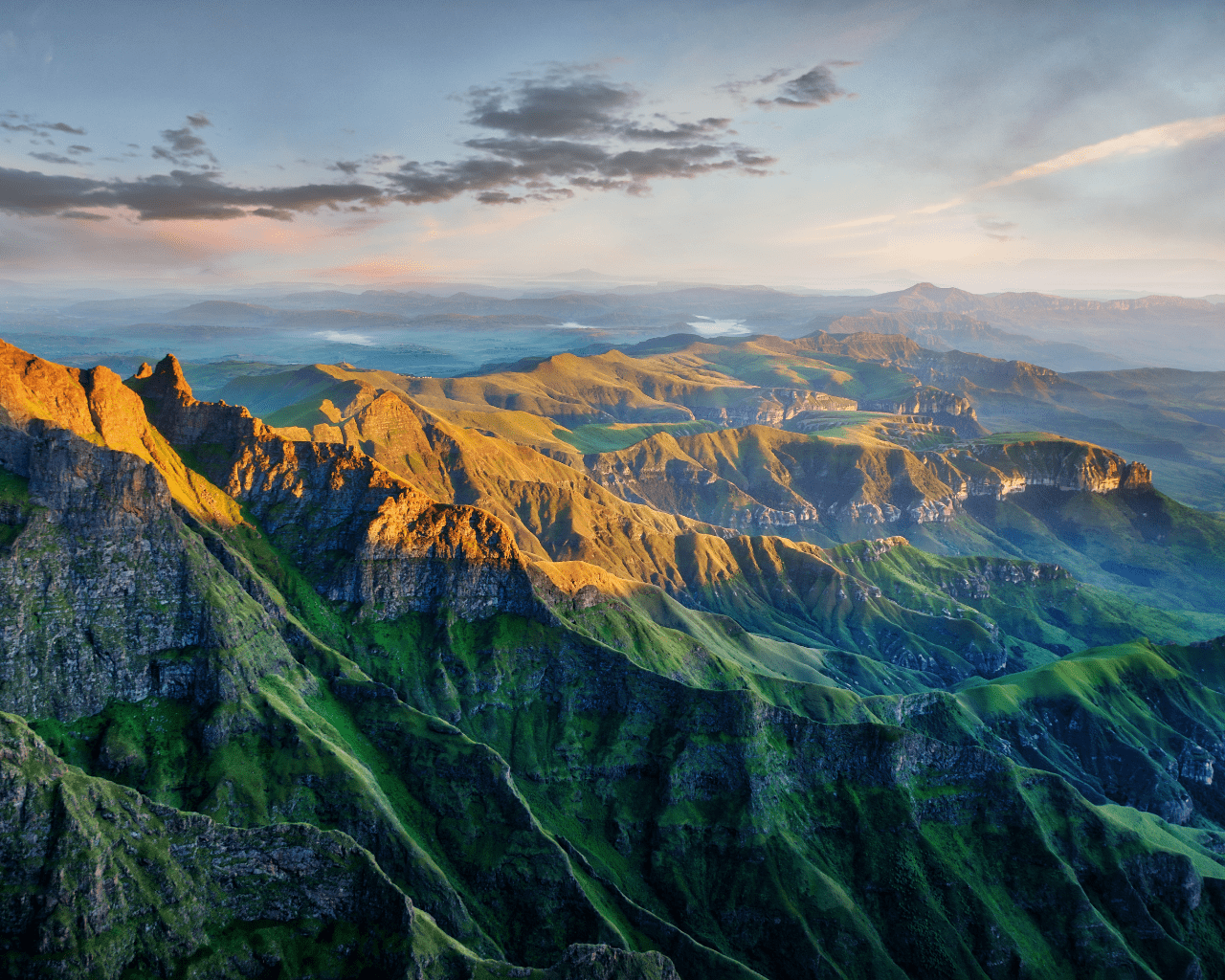
Why you should visit...
Drakensberg
Rising dramatically along South Africa’s eastern border, the Drakensberg Mountains—meaning “Dragon Mountains” in Afrikaans—form one of the most awe-inspiring natural landscapes in the country. Spanning KwaZulu-Natal and bordering Lesotho, this UNESCO-listed region offers a rich tapestry of jagged peaks, lush valleys, cascading waterfalls, and hidden caves.
For adventurers, the Drakensberg is a playground of possibility. Whether you’re summiting a high-altitude Drakensberg peak, kayaking down mountain streams, or traversing the iconic Sani Pass in a 4×4, the area is perfect for anyone seeking active, outdoor experiences. Popular activities include horse riding, fly-fishing, zip-lining, and river rafting in summer.
Yet beyond its adrenaline-fuelled adventures lies a deeply spiritual core. The region holds some of the world’s best-preserved San people rock art—thousands of years old and found in caves across the Drakensberg National Park. Guided walks offer respectful insight into these ancient murals and the hunter-gatherers who created them.
The area is also a haven for birdlife, including the endangered Cape vulture, while remote retreats and eco-lodges cater to those seeking tranquillity. From rustic Drakensberg chalets to romantic Drakensberg honeymoon escapes, there’s something for every travel style.
Well-suited for self-drivers, the Drakensberg Mountains map connects visitors to key regions like the Central Drakensberg, Amphitheatre in the North, and Garden Castle in the South. Sustainability-focused lodges, community tours, and conservation initiatives make this a destination that honours both nature and heritage.
Peak Time
Sept - Nov
Best Time To Go
Mar - May
Famous For
Hiking & Rock Art
Price Per Person Sharing
$180 - $650
Home Of
San Rock Art & Sani Pass
Safaris that include Drakensberg
Where Mountains Touch the Sky


